Artillery. Large caliber. "Msta-S" outside and inside
However, it turned out some kind of mixture. On the one hand - a large-caliber gun, and this will not go anywhere. On the other hand ... Indeed, in two perspectives, we will show and tell.
Tools, like people, are aging. But this is expressed not in the destruction or reduction of any technical indicators, but in the appearance of competitors who simply surpass the "old man" in these indicators. Yes, the tool is working. Yes, the instrument can do its job. But just until the moment when the enemy does not have a “young” opponent, who can work according to the principle “higher, further, more precisely”.
And the designers of ammunition are not idle. New shells are created, power increases, and even the very essence of the ammunition often changes.
It happened with the previously described systems D-1, M-10, ML-20. They began to give the best foreign models. The Soviet Union could not allow such a situation for all known reasons. The war, albeit cold, dictated its conditions. And by the middle of the 70-ies of the Maintentation Administration (Main Rocket and Artillery Directorate under the USSR Ministry of Defense) formulates a new technical task for designers of the Soviet artillery systems.
The task in brief sounded like this: it is necessary to create a more maneuverable, high-speed gun with a better range, an increased vertical pickup angle, firing projectiles with a large striking effect. Completed technical task in 1976 year. The work on the creation of the system was entrusted to the KB Barrikady (Titan) design bureau under the direction of G. I. Sergeev (OKB-221).
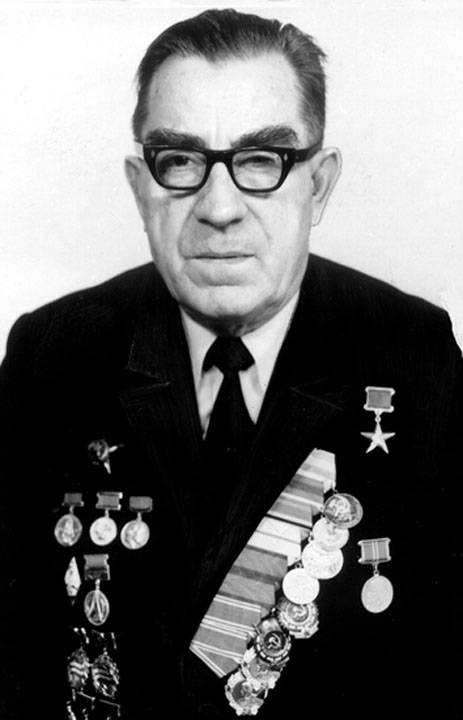
Work on the creation of a new weapon was not easy, but, be that as it may, in 1986, the gun was put to the test, and in 1987, it was launched into a series at the famous Motovilikha Plants enterprise in Perm.
The main focus of the design was to ensure high accuracy of howitzer firing due to constructive measures. The layout of the main units of the howitzer is implemented taking into account the stability of the disturbing moments acting during the shooting. At the design and tooling stage, a study was conducted to select the optimal combination of geometric and structural parameters of the projectile, which allowed for improved aerodynamic characteristics of the high-explosive fragmentation projectile and stability on the trajectory, despite the considerable length and long-range projectile.
Artillery towed howitzer "Msta-B" has the following characteristics:
Installation weight, kg: 7 000
Projectile weight, kg: 42,86
Howitzer length, mm: 12 700
Length of the barrel, mm: 7 200
Tool height, mm: 2 950
Width, mm: 2 500
Angle of rotation, degrees: - 27 ... + 28
Range of aimed shooting
- OF shells, m: 6 400 - 24 700
- the same ammunition, but supplied with a gas generator, m: 28 900
Rounds per minute: 7
Speed capabilities when towing, km / h:
- by dirt road: 20;
- on the highway: 80
In general, if we compare the systems, the Russian howitzer "Msta-B" 2А65 is currently not inferior to its counterparts from abroad, and surpasses them in a number of indicators. A good range of the projectile of this caliber and high rate of fire make it dangerous weapons for the enemy in the context of modern warfare.
But today, the main character of the article is still the Msta-S 2-XNNXX self-propelled unit.
With all the advantages of towed guns, they have a significant drawback. Tractors. This is an additional burden on the technical services of the units and connections, it is the need for additional units for defense.
At that time, the main self-propelled unit of the Russian army was the ACS Acacia 2C3 (303 object) of the designers G. E. Efimova (chassis) and F. F. Petrov (2A33 gun). This installation occupied a niche of divisional self-propelled howitzers. But, alas, for TTX installation lagged behind Western and American products.
In short, the GRAU already in the early 80s demanded that designers create a new divisional self-propelled howitzer, which would not just be unified with modern combat vehicles that are in service with the Soviet Army. The military (very reasonably) demanded to unify the SPG chassis with the main Soviet a tank, and an artillery unit with a towed gun.
Thus, the design of a new Soviet self-propelled unit was assigned at once by three design bureaus. The head developer of the chassis (object 316) and the entire machine as a whole was assigned to the design bureau of the Ural Transport Engineering Plant (UZTM, Sverdlovsk) under the leadership of L. I. Gorlitsky. The fighting compartment was designed in the Tula Instrument Design Bureau (NPO "Accuracy"). The swinging part was created in the design bureau of plant No. XXUMX (Sverdlovsk).
Yu. V. Tomashev was appointed the chief designer of the installation, which was named GRAU 2C19.
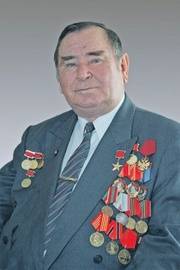
Probably, it will be fair to name all the same two designers as the fathers of this legendary machine - Yu. V. Tomasheva and G. I. Sergeev. So it will be fair. Unified chassis and artillery gun.
The tool was created in a fairly short time. In 1989, the Msta-S self-propelled howitzer 2C19 was put into service. First shown to Russian and foreign audiences in August 1992 at the Zhukovsky Air Show.
The car turned out to be so successful that a new plant in Sterlitamak (Bashkiria) was built for its production in the quantities necessary for the army. Although initially produced installation on the "Uraltransmash." Even the simulator for training the crew of the ACS (2X51 "Bunkering") was created there.
So, 152-mm divisional ACS "Msta-S" 2С19 is designed to destroy artillery, armored vehicles and enemy manpower from closed positions and direct fire, including work in the mountains. When shooting are used as ammunition shots, and moving from the ground.
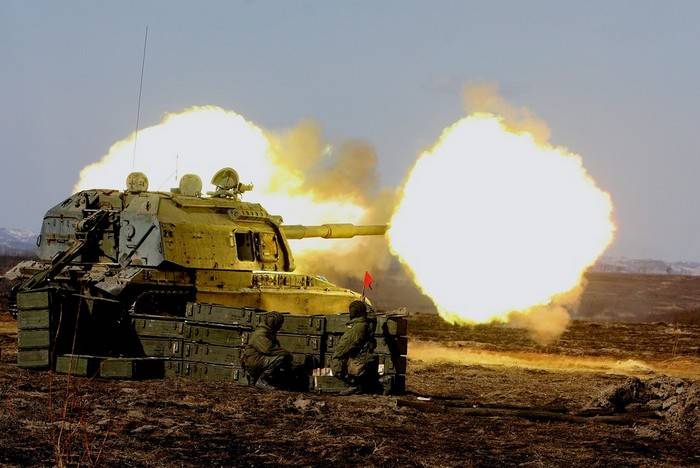
The 2C19 "Msta-S" howitzer is made according to the tower scheme. The body of the machine is similar in geometry to the body of the T-72 tank; it is welded from rolled steel armor plates and is divided into three sections: the control section, the combat section and the engine-transmission section.
In the front part of the middle of the body is a driver's seat with chassis controls.
In the middle part is the fighting compartment. A welded tower was installed on the roof of the hull on a ball-and-box epaulet 2444 mm in diameter. The mass of the turret without ammunition is 13,5 tons.
The 2А64 cannon is installed in the turret, as well as the crew seats. On the starboard side in the front of the tower is the commander’s place, on the left side in the front of the tower is the gunner’s place and aiming devices. Behind the gunner and the commander there are two places for charging ACS. The commander’s place is equipped with a swiveling turret installed on the tower’s roof, which is similar in design to the turret commander of the T-64 and T-80 tanks.
In the aft part of the tower there are two mechanized conveyors with charges and shells. Under the tower on the bottom of the hull there is a rotating platform of the floor, fixed to the chase by four pipes. Submission to the installation can be carried out from the ground through a special mechanized feed tray, located outside the stern of the tower.
In the aft hull of the ACS there is an engine compartment, similar to that on the T-72 tank. ACS reservation 2С19 provides anti-bullet and splinter protection for the crew. The thickness of the hull and tower sheets is 15 mm.
The main armament of the 2C19 ACS is the 152-mm howitzer 2A64. The gun is completely unified according to ballistic characteristics and used ammunition with 152-mm towed howitzer 2А65.
The main nodes of the 2А64 cannon are the barrel, bolt, electrical equipment, rammer, wheel chocks, cradle, fencing, balancing and lifting mechanisms.
The gun barrel is a monoblock pipe connected to the breech, an ejector is located in front of the barrel, and a muzzle brake is attached to the muzzle of the pipe. The breech has a vertical wedge gate with semiautomatic copying type. The shot from the gun can be made both manually and by electropath. Copy semiautomatic shutter is designed to open the shutter when reeling after the shot gun.
Cradle welded oboymennogo type, in the cradle fixed sector lifting mechanism. In the back of the cradle bolted connection is fixed fencing. Elements of a firing mechanism, a rammer, a ruler for measuring the length of a rollback, and a trigger blocking mechanism are placed on the fence.
Electromechanical rammer projectile and charge, as well as a mechanism for removing spent cartridges are designed to facilitate the work of the loader. Anti-recoil devices consist of a spindle-moderating recoil brake, the cylinder of which is fixed in the breech of the gun, and a pneumatic tensioner filled with nitrogen.
The lifting mechanism of sector type, it provides guidance of the instrument in the range of angles from -4 to + 68 degrees vertically. Lifting tools can be carried out manually with a flywheel, and with the help of an electric motor. The pneumatic counterbalancing mechanism serves to compensate for the moment of unbalance of the swinging part of the gun.
Ammunition Area
For pointing the guns, for carrying out reconnaissance of the terrain during the day and at night, a combined TKN-3B sight with an OU-3GKUM searchlight was mounted in the commander's turret. For shooting from an anti-aircraft machine gun, a ROM-5 sight is mounted.
The gunner’s place is equipped with an 1P22 artillery panoramic sight for firing from closed firing positions and a 1P23 direct-sight sight for firing at the observed targets.
The driver's seat is equipped with three prism surveillance devices TNPO-160, as well as a TVNE-4B night vision device for driving at night. For cleaning the viewing and sighting devices SAU 2C19 is equipped with a special pneumatic cleaning system.
External radio communication is maintained by the radio station P-173. The radio station operates in the VHF band and provides stable communication with similar stations at a distance of up to 20 km, depending on the antenna height of both radio stations. Negotiations between crew members are carried out through the 1B116 internal communications equipment, designed for 7 subscribers.
2С19 "Msta-S" is equipped with the 1В124 system for automated control of tool guidance in a vertical plane and mechanized guidance in a horizontal plane, as well as for restoring pickups after a shot. The 1В124 system includes an automated 1P22 sight, 1В122 control equipment and 2Е46 guidance drives.
The 1B122 equipment allows you to receive and display information about firing settings coming from the car of a senior officer of the battery both via radio and wired communication channel.
For masking and setting smoke screens on the front sheet of the SAU 2-19 turret, 6 grenade launchers of the 902 system are placed for firing 81-mm smoke grenades.
The chassis 2C19 is maximally unified with the T-80 tank and consists of six pairs of rubberized support and five pairs of supporting rollers. At the rear of the car are driving wheels, in the front - guides. Suspension 2C19 - individual torsion. Hydropneumatic shock absorbers are installed on the first, second and sixth road wheels.
Comparative table of TTX 2C19 with artillery systems of the previous and next generation (2C3 / 2C19 / 2С19М2):
Year of adoption: 1971 / 1989 / 2012
Combat weight, t: 27,5 / 42,0 / 43,24
Crew, people: 4 / 5 / 5
Brand gun: 2А33 / 2А64 / 2А64
Barrel length, club: 28 / 47 / 47
Angles HV, deg: -4...+60 / -4...+68 / -4...+68
Angles GN, deg: 360 / 360 / 360
Ammunition, shots: 46 / 50 / 50
Maximum range of OFS, km: 17,4 / 24,7 / 24,7
Maximum firing range of AR OFS, km: 20,5 / 29 / 29
Maximum firing range of UAS, km: 20 / 25 / 25
Weight OFS, kg: 43,56 / 43,56 / 43,56
Combat rate of fire, rds / min: 1,9-3,5 / 7-8 / 10
Caliber anti-aircraft machine gun, mm: 7,62 / 12,7 / 12,7
Maximum speed on the highway, km / h: 60 / 60 / 60
Attentive readers noticed in the tactical and technical characteristics of another modification of the "Msty-S". This is "Msta CM2" (2C19M2). Not to mention this setting is impossible. Just because this modernization significantly increased the effectiveness of howitzer fire, increased the rate of fire of the gun, and improved the operational properties of the machine.
SAU 2С19М2 was developed at the TsKB Titan in 2012. The vehicles are equipped with an automated OMS and navigation system, the maximum rate of fire was also increased to 10 rounds per minute and the “simultaneous fire attack” function was implemented, which allows you to hit a target simultaneously with several projectiles fired from the same SAU and on different flight paths.
To protect against high-precision weapons, a “Cape” kit is used, which reduces the visibility of ACS in the radar and thermal ranges.
State tests 2C19М2 completed in August 2012 of the year, the serial production of the 2A64М2 howitzer was launched at the Barricades software. 26 June 2013, the press service of the Southern Military District reported on the delivery of the first batch, consisting of more than 35 units of ACS 2С19М2 "Msta-S".
Despite the fairly young age, the self-propelled gun "MSTA-S" has combat experience. Moreover, she is in battle even today. The very first issues of ACS are today quite often used by the Ukrainian army in the shelling of Donbass.
But the first use of SAU "Msta-S" was during the first Chechen war. In general, the system showed itself quite well. Maneuverable installation with high accuracy. But, as combat practice showed, the gun guidance system required modernization.
The result of this upgrade was the version of 2C19МXXUMUM. The work on equipping the previously adopted artillery systems of the Russian army, which were in service with automated weapons, began in the 1 year.
A modified version of the Msta-S self-propelled howitzer equipped with an automated success-C guidance and fire control system received the designation 2С19М1. In the future, this system became "potentially export." Motovilikha plants equipped this plant with a NATO 155-mm gun (2C19М1-155).
Participated installation and the second Chechen war. Then in the 58 Army was in South Ossetia 08.08.2008. True, information about the actual participation of the ACS in the battles is contradictory. Officially, the system was in service with the army (up to 70 units).
Finishing the story about the ACS Msta-S and its modifications, I would like to say that today this machine is not inferior to anyone in most indicators. Even the fact that thanks to the new platform we are today talking more about the ACS "Coalition" 2С35 as a system of the century, does not diminish the value of this tool.
2C35 - install another level. This is a military howitzer. Everyone does their job. But this means that “Msta-S” will still be needed by our gunners as a “sniper weapon” of the divisional element, capable of solving quite serious tasks with a few volleys.
So the life of this ACS continues. And, hopefully, it will continue for a long time ...
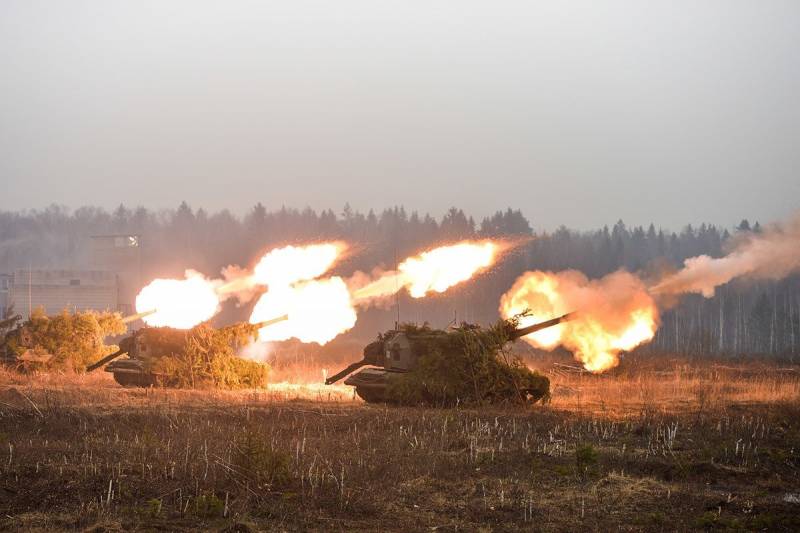
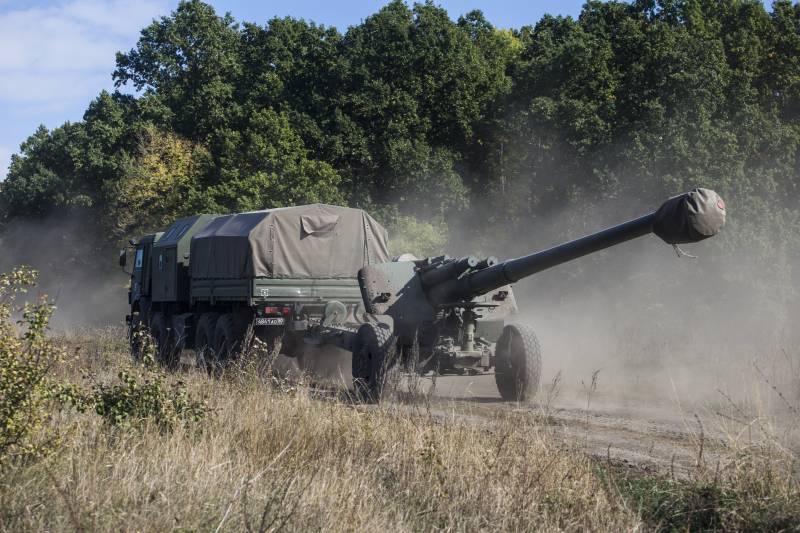
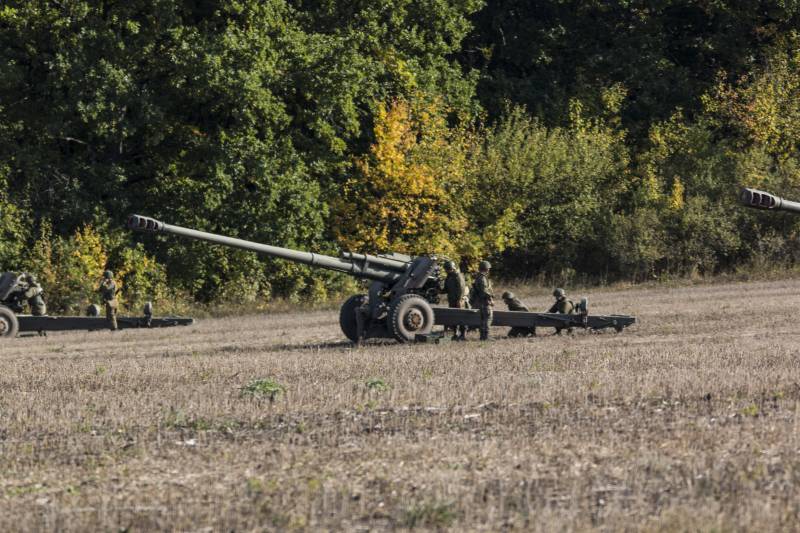
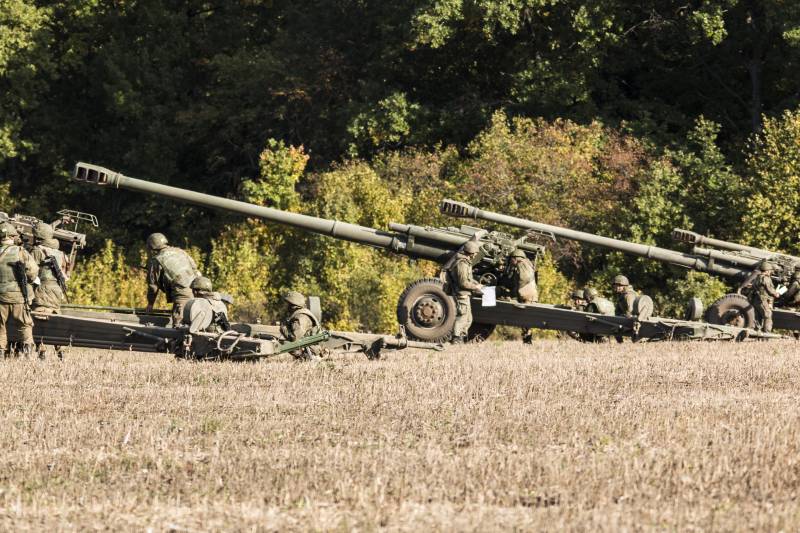
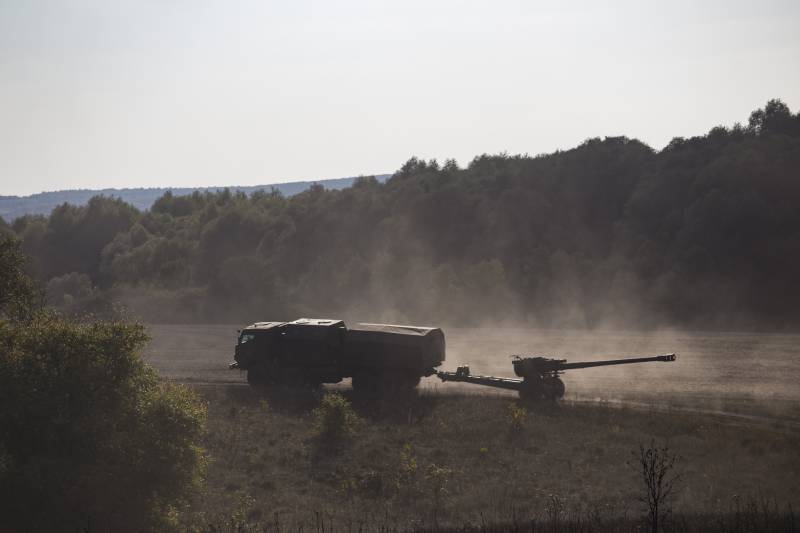
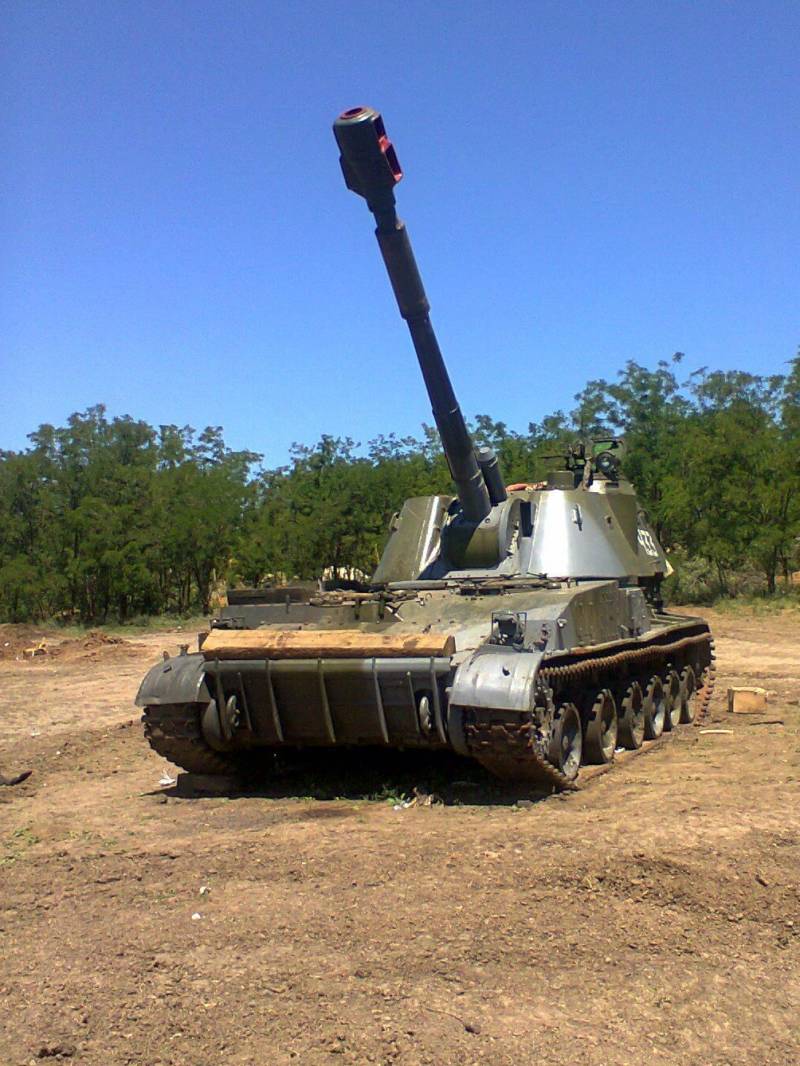
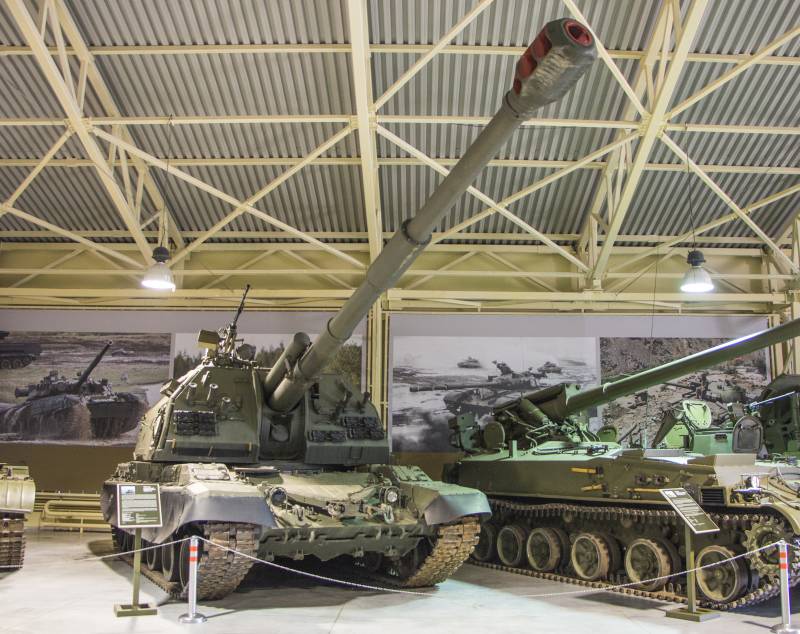
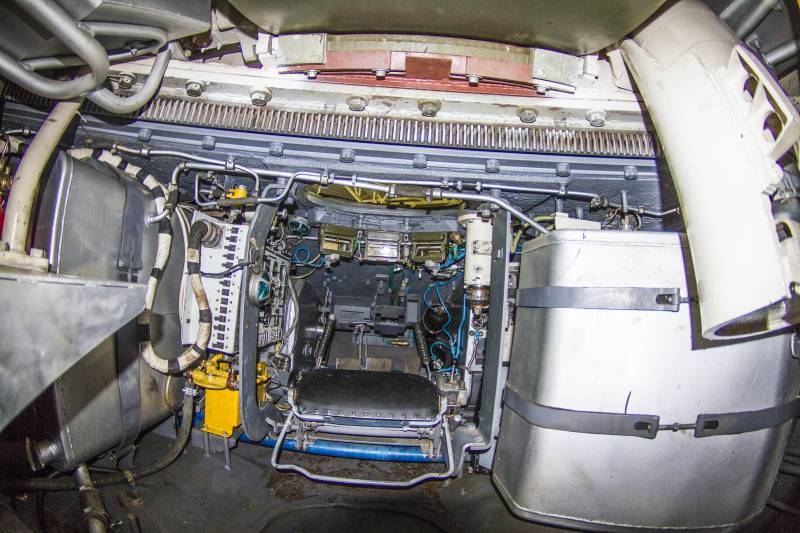
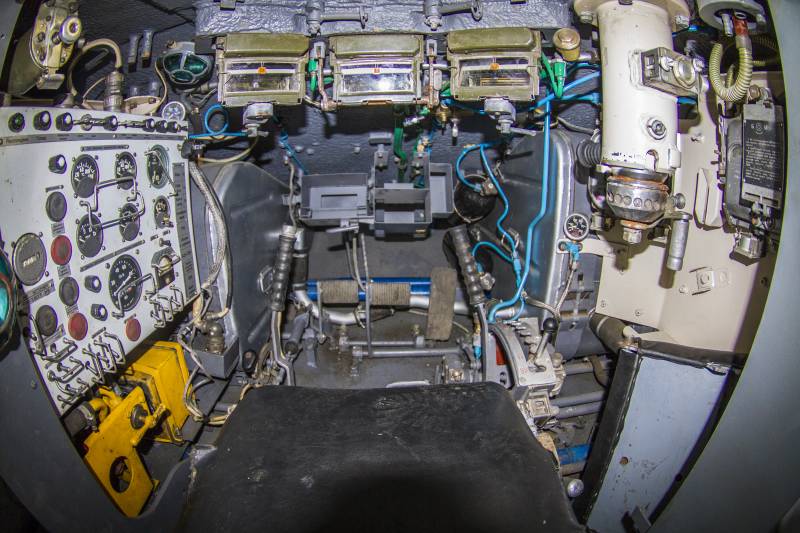
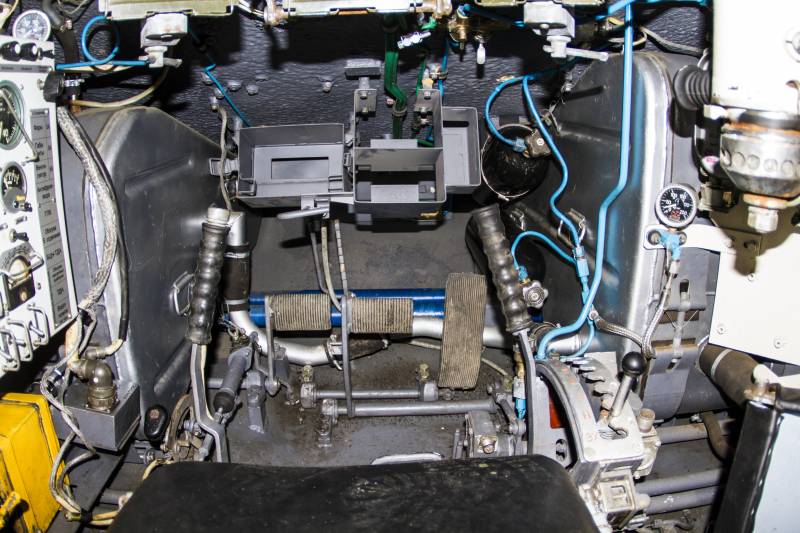
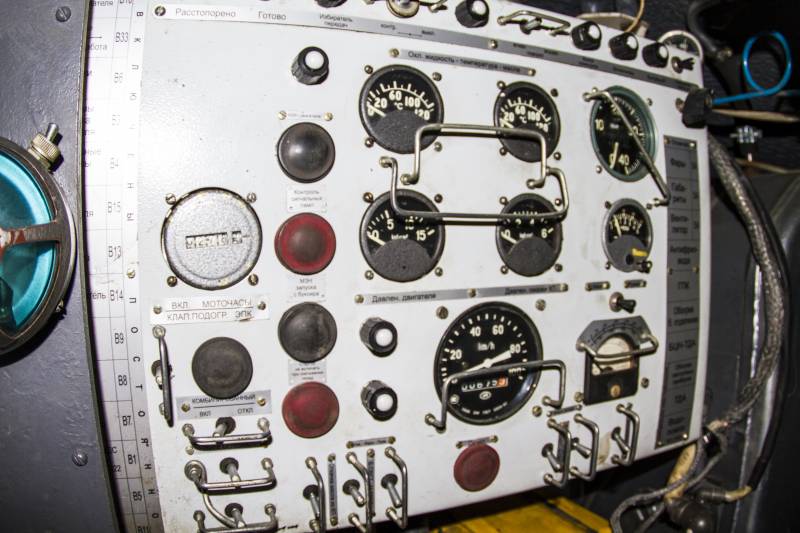
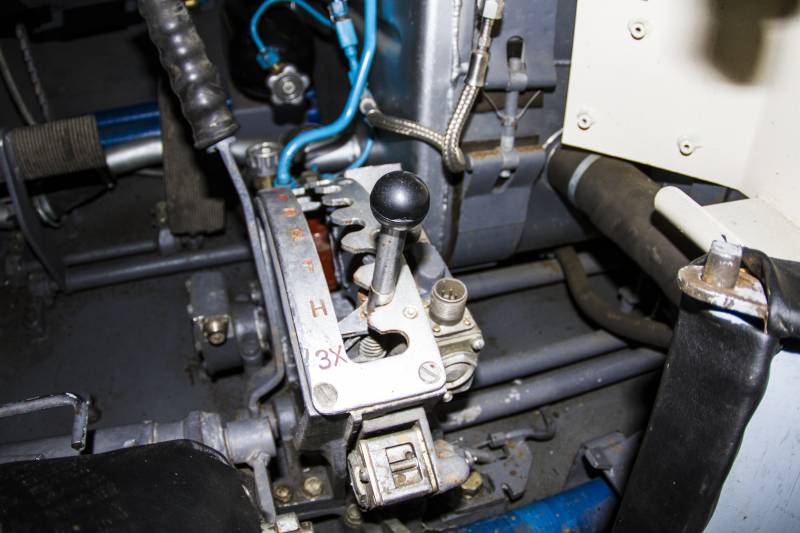
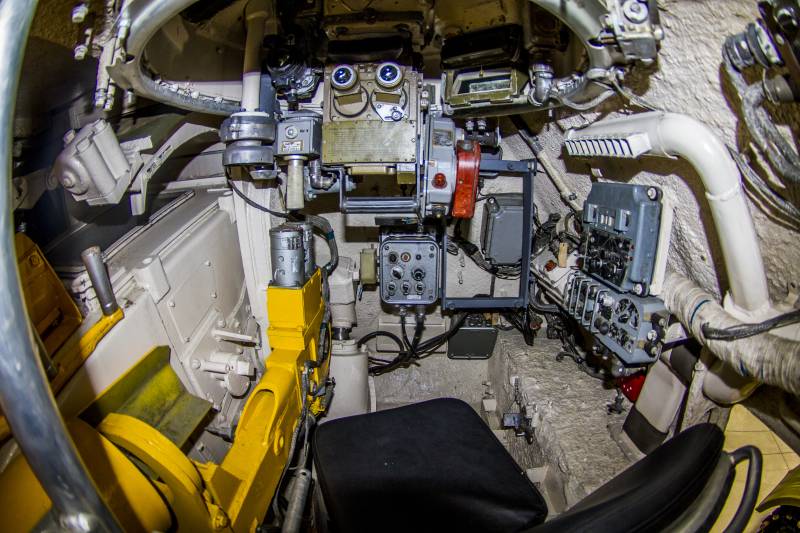
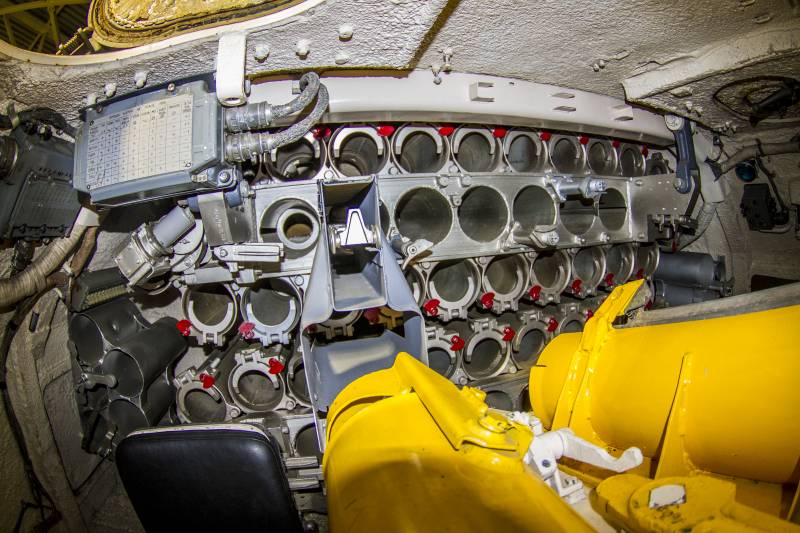
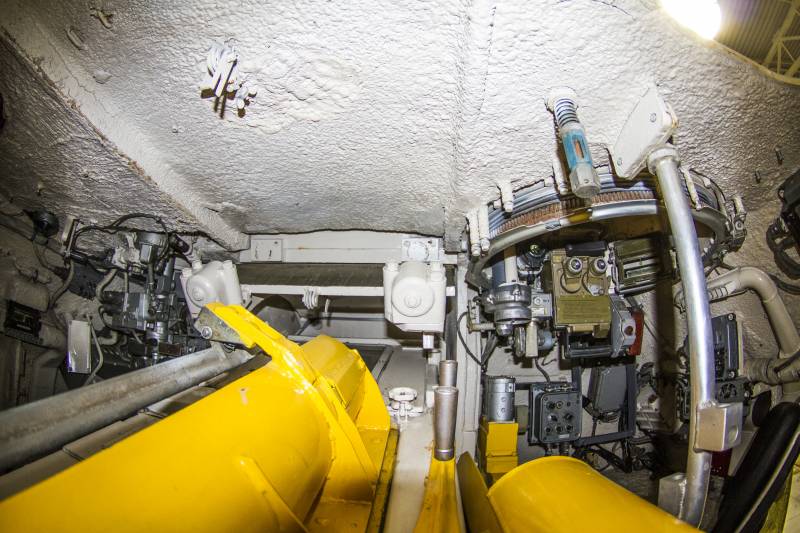
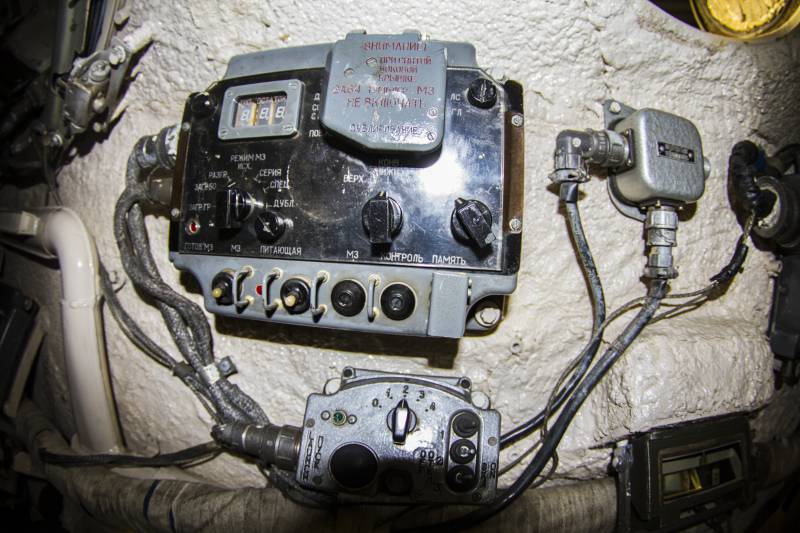
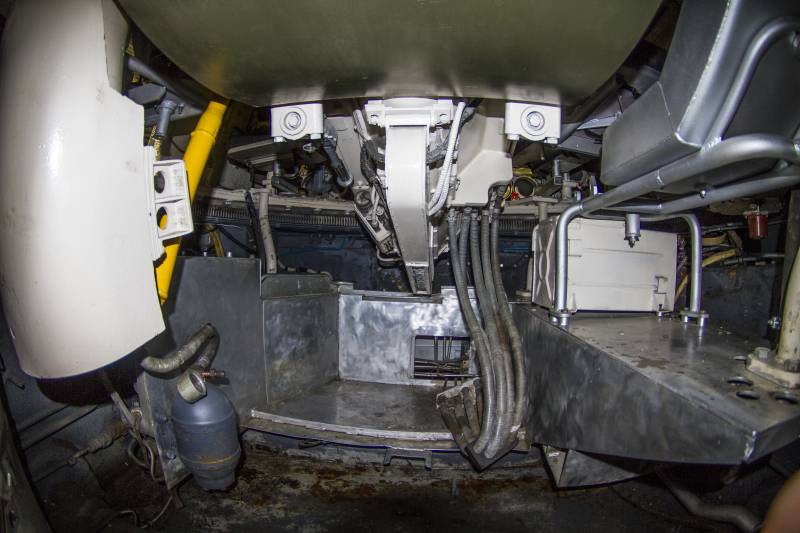
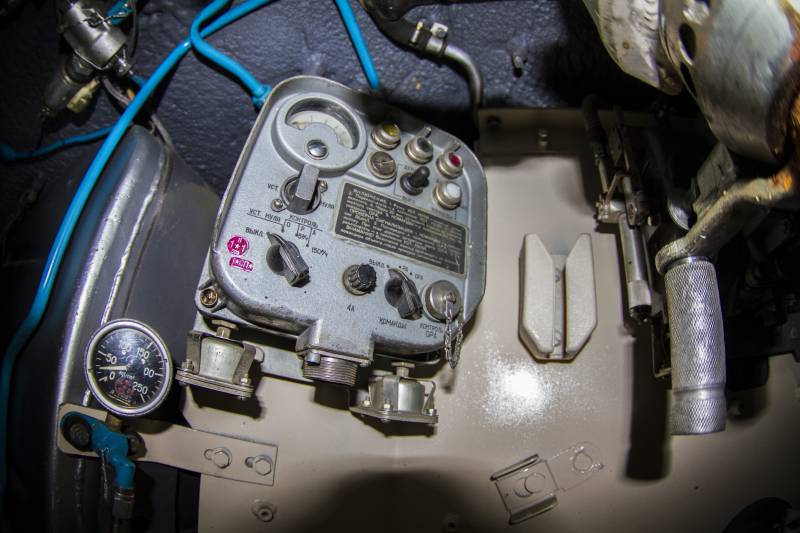
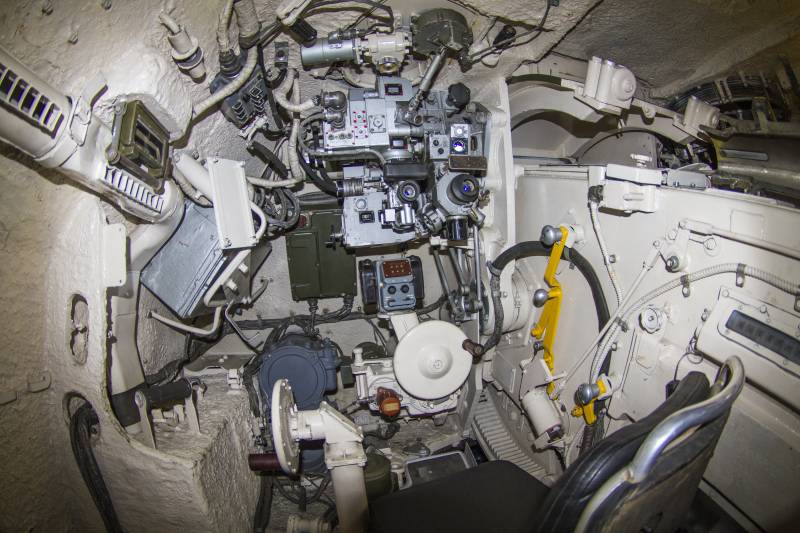
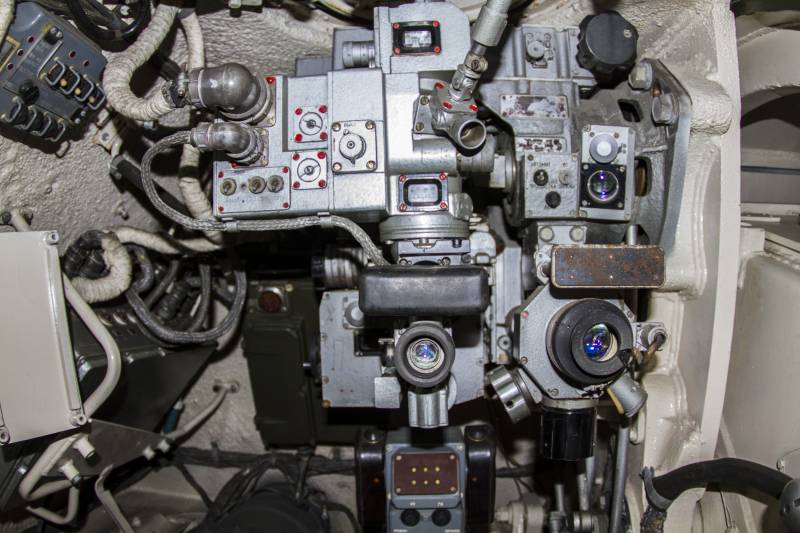
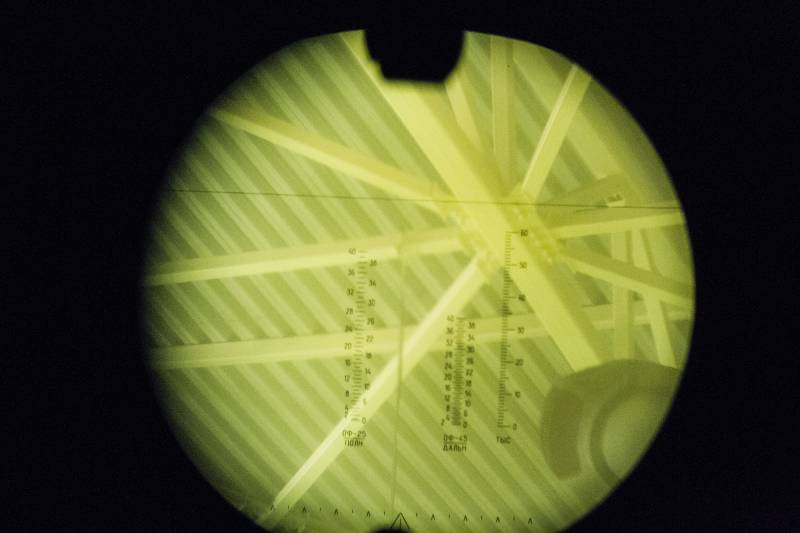
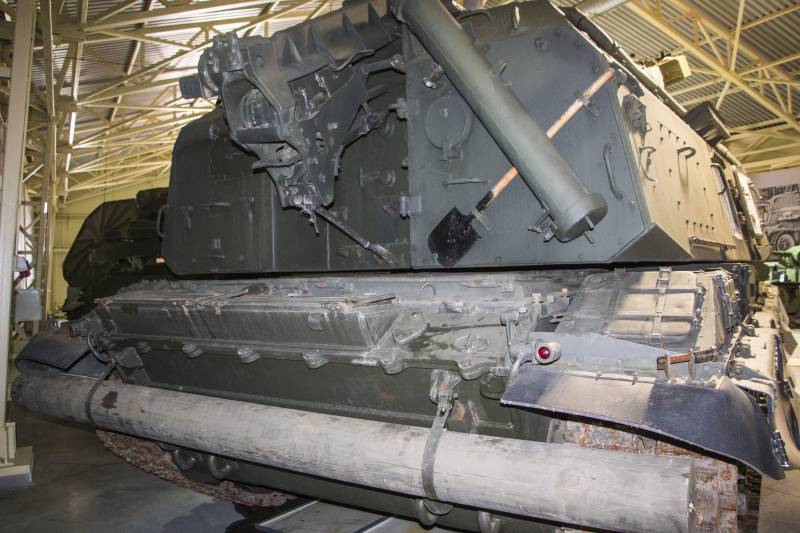
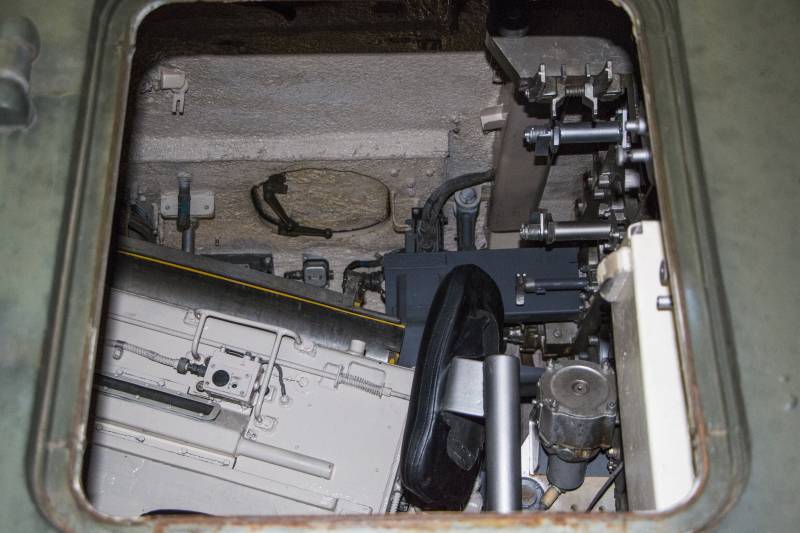
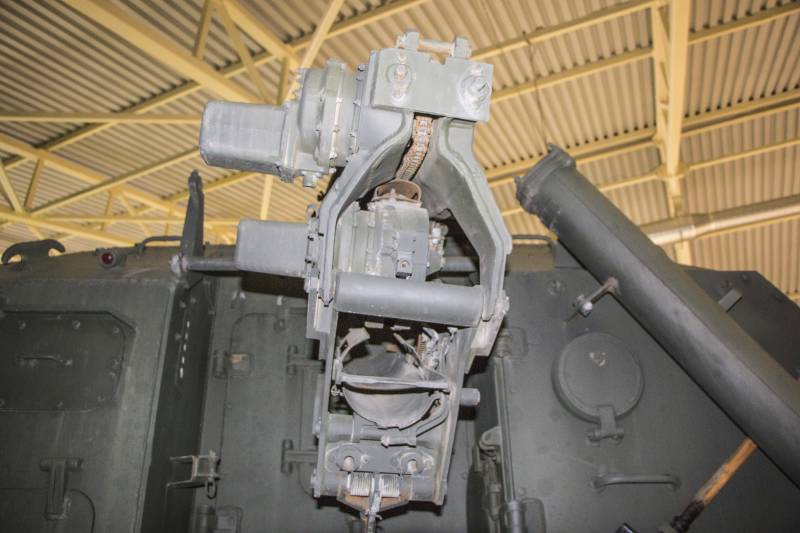
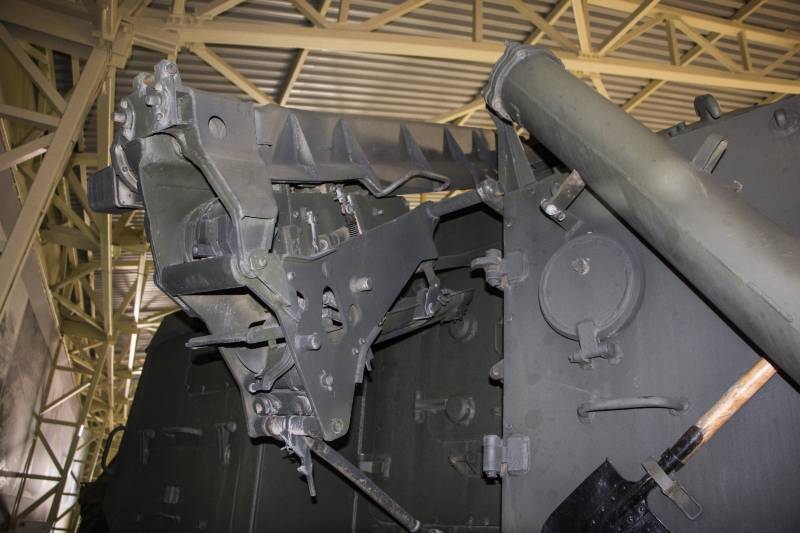
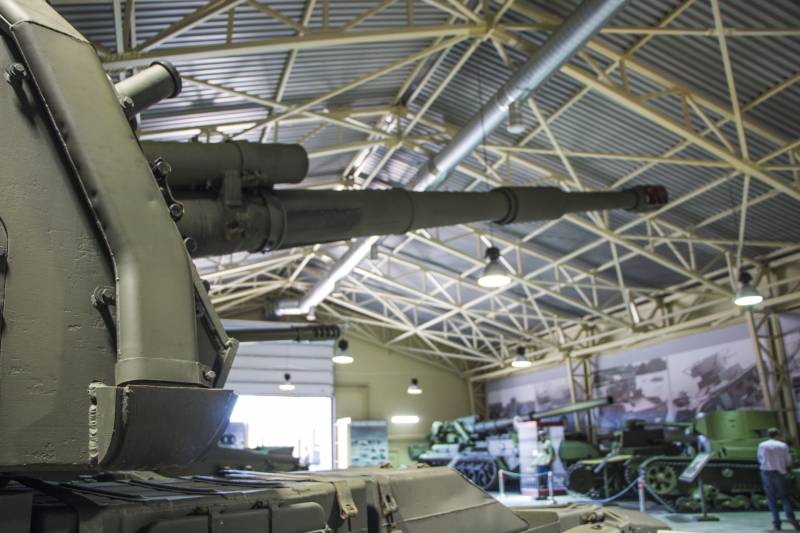
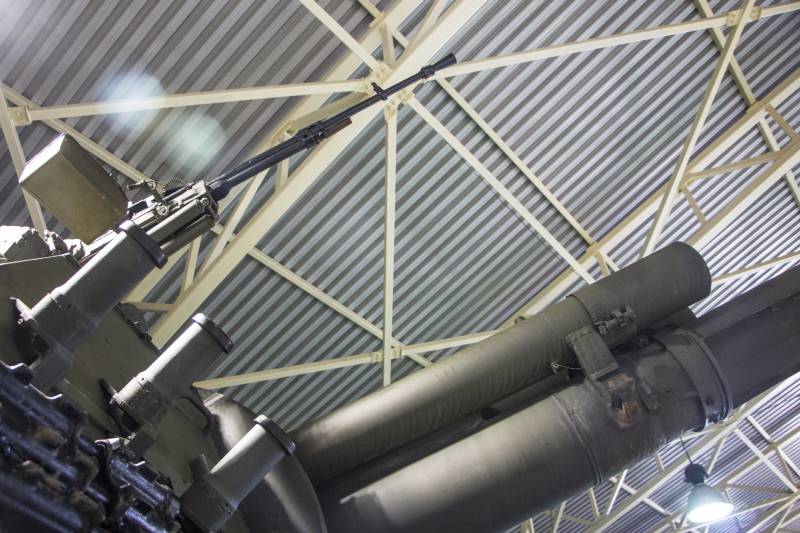
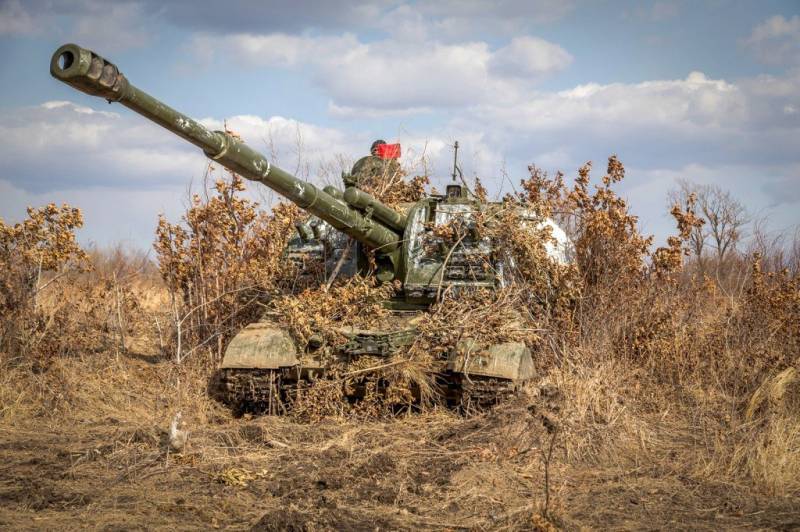
Information